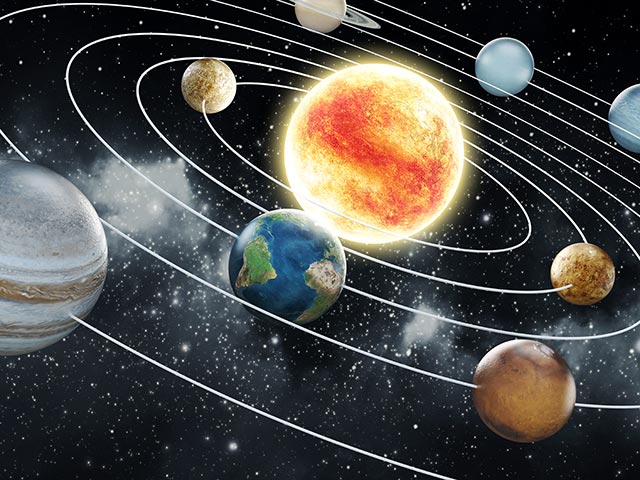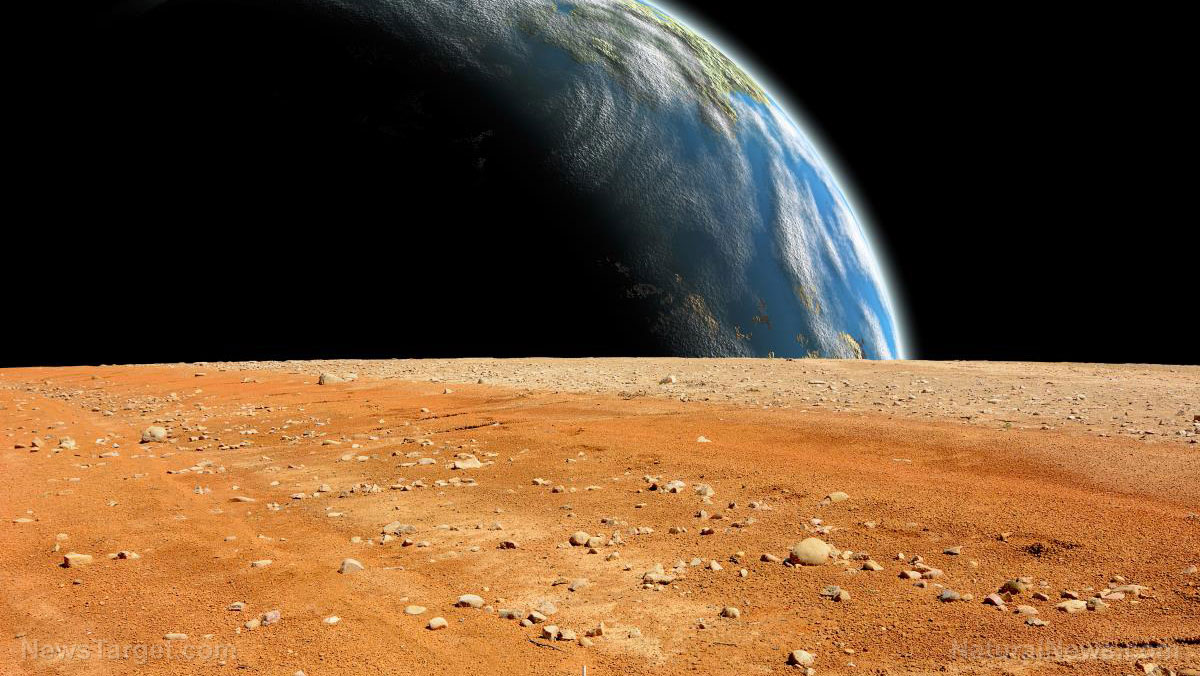Joseph Farrell's "The Cosmic War": Did an interplanetary conflict reshape the solar system?
- Joseph Farrell's "The Cosmic War" proposes that myths of godly battles may reflect a real interplanetary conflict fought with advanced technology, altering the solar system.
- The asteroid belt between Mars and Jupiter could be remnants of a Saturn-sized planet deliberately destroyed 3.2 million years ago, with evidence in Mars' Valles Marineris and Saturn's moon Iapetus.
- Farrell cites controversial physics (scalar waves, pulsar networks) to suggest ancient civilizations wielded gravity- or energy-based weapons, possibly explaining apocalyptic myths.
- Structures like the Great Pyramid, the "Face on Mars," and Iapetus' unnatural features may be relics of a lost civilization's technology or wartime infrastructure.
- While skeptics dismiss the theory, Farrell argues that geological, mythological and astrophysical anomalies warrant reconsideration of humanity's past and solar system history.
Could the myths of ancient gods battling in the heavens be more than just stories? What if they were echoes of a real, cataclysmic war fought with unimaginable technology—one that shattered planets and altered the solar system forever? This is the provocative theory explored in Joseph Farrell's "
The Cosmic War: Interplanetary Warfare, Modern Physics, and Ancient Texts," which weaves together ancient legends, planetary anomalies and cutting-edge physics to propose a startling hypothesis: Earth and its neighboring worlds may have once been the battlegrounds of an advanced civilization’s devastating conflict.
Farrell's theory hinges on the idea that the solar system was once far more unstable, with planets positioned differently and wracked by violent electrical discharges. Central to his argument is the asteroid belt between Mars and Jupiter—long theorized by astronomers to be the remnants of a destroyed planet. But Farrell goes further, suggesting this destruction was no accident. Citing the work of the late astrophysicist Dr. Tom Van Flandern, who proposed the Exploded Planet Hypothesis, Farrell posits that a massive planet—possibly as large as Saturn—was obliterated in a deliberate act of war roughly 3.2 million years ago. The aftermath, he argues, left scars across the solar system, from Mars’ colossal Valles Marineris canyon to the strange, artificial-looking features of Saturn’s moon Iapetus.
If such a war occurred, what kind of technology could have caused such destruction? Farrell points to speculative physics, including the work of researchers like Lt. Col. Tom Bearden and Paul LaViolette, who theorize about scalar waves and pulsar-based communications networks. These concepts, while controversial, suggest the possibility of weapons capable of manipulating gravity, weather, or even stellar energy—technologies that could explain the apocalyptic battles described in ancient Sumerian, Babylonian and Vedic texts.
The Great Pyramid of Giza, Farrell speculates, may have been more than a tomb—it could have been a scalar-wave weapon, a device designed to harness and direct energy across vast distances. Meanwhile, anomalies like the "Face on Mars" and Iapetus' unnatural geometry, as highlighted by researchers like Richard C. Hoagland, hint at artificial structures built by a lost civilization.
Ancient myths frequently describe conflicts between deities over powerful artifacts, such as the Sumerian Tablets of Destinies, said to grant control over cosmic forces. Farrell suggests these stories may be distorted accounts of a real struggle over advanced technology, possibly even a civil war within an interplanetary civilization. The moon itself, with its hollow-like seismic reactions and peculiar orbit, could be another relic—an artificial construct or battle station repurposed after the conflict.
Mainstream science remains deeply skeptical of such claims, dismissing them as fringe speculation. Yet Farrell insists the evidence—scattered across geology, mythology and physics—demands a closer look. If nothing else, his theory challenges conventional narratives about humanity's past.
As space exploration advances, new data from Mars and distant moons like Iapetus may provide answers. Until then, the Cosmic War hypothesis remains a tantalizing—if unproven—reminder that history, both human and planetary, may be far stranger than people imagine.
Watch this video about Joseph Farrell's book "The Cosmic War: Interplanetary Warfare, Modern Physics, and Ancient Texts."
This video is from the
BrightLearn channel on Brighteon.com.
Sources include:
Brighteon.ai
Brighteon.com
 Parler
Parler Gab
Gab










